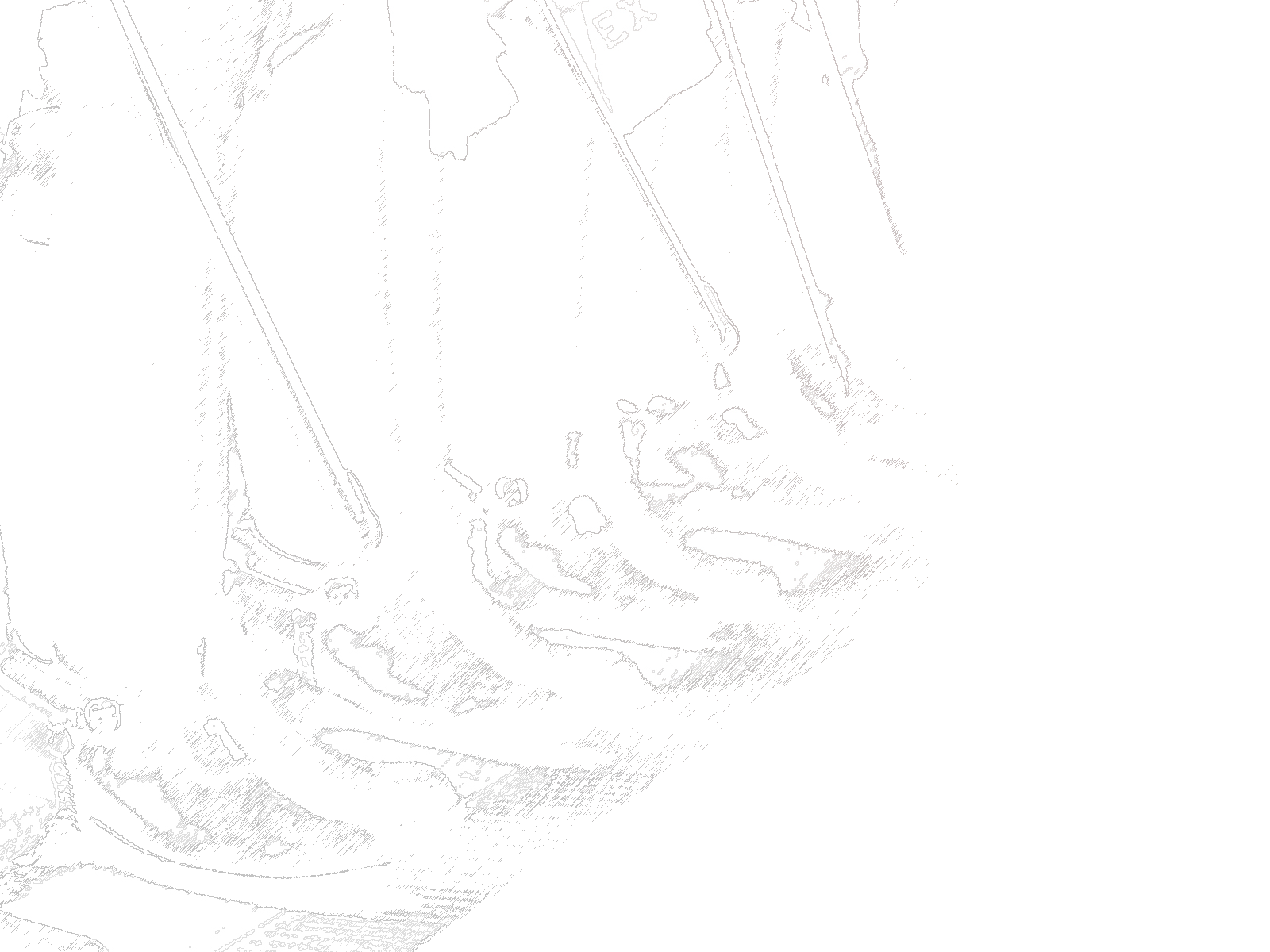Can an opponent of this explain why this is unfair?
The 2015-17 state budget allowed school districts to increase revenues — state aid and property taxes — for students attending private voucher schools, typically about $10,000 per pupil. The districts also lose state aid based on the amount claimed for a voucher, which is capped at about $7,300 for K-8 and $8,000 for high school.
[…]
The scaled-back version of the bill that passed Thursday would allow school districts to retain as much funding in state aid and property tax levy authority per pupil as the amount of each student’s private school voucher.
Under current law, a school district can levy a tax at their spending level for a kid that they don’t have to educate. Under the new bill, a school district can still levy slightly less tax for a kid they don’t have to educate. Either way they are collecting taxes (revenue) without needing to spend anything (cost). It seems that the only people for whom either arrangement is unfair are the taxpayers.

It would not be easy to calculate uniformly across the state, but it is not exactly the case that districts do not need to spend anything on the education of students in private schools.
If the private school wishes, the district may be required to provide transportation for resident students. Also, districts may be required to conduct evaluations for special education and provide special education service, often speech and language, to private school students. The transportation and special education are accompanied by some categorical aids, but they usually do not entirely cover the cost of these services to students in private schools.
Owen:
Schools districts have fixed costs just like any other enterprise. It still costs the same to turn on the lights, run the buses, or operate the HVAC if that SD loses kids to private voucher schools. Just like at the local widget factory; if you make and sell 96 widgets it costs the same to open the door as it would if your were making and selling 100 widgets. So your comment, “Either way they are collecting taxes (revenue) without needing to spend anything (cost)”, is inaccurate.
With the right kind of budgeting process, it should be assumed that schools are budgeting only for actual and necessary expenditures. With that assumption, one would have to then look at what the incremental cost per student is. I doubt that there will be much savings found by not educating students who participate in vouchers, unless there is a large enough amount of students that would result in the need for reducing staff or facilities. Otherwise, those expenses are still there. At my child’s elementary school in her grade there are 4 classes of 30 students = 120. Take away 8 students, and you have 4 classes of 28 – still not low enough to justify eliminating one teacher. To get down to 3 classes, you would need to have 30 students go to vouchers, at which point you would be able to delete a staff person. And that is one grade at one school.
As it is, Washington County Insider reported that Kettle Moraine Lutheran School had 60 students go on vouchers – almost all of them were already students there. So, most likely none of the public schools realized any decreases in enrollment and their expenses remained the same.
Anonymous hits it on the head! The fixed costs of the public school do not go down in most instances so making up the money lost to vouchers is reasonable. What is NOT reasonable is to expect the taxpayers of the state to support a public school system (which is mandated by the state constitution) and a private school system (which is not a responsibility of the state and in the case of religious schools constitutes direct financial support of a religious institution by all the taxpayers of the state. On its face it seems to be a 1st Amendment problem not that it will be addressed by the current Supreme Court.).